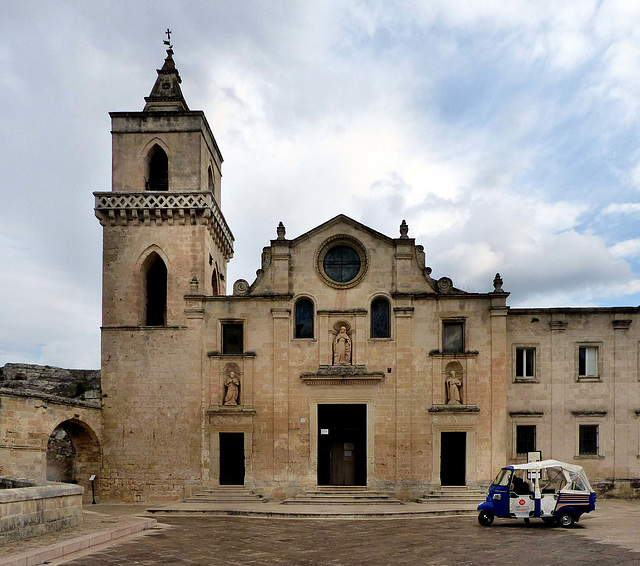Matera - Convento di Sant'Agostino
Altamura - Cattedrale di Santa Maria Assunta
Altamura - Cattedrale di Santa Maria Assunta
Altamura - Cattedrale di Santa Maria Assunta
Altamura - Cattedrale di Santa Maria Assunta
Altamura - Cattedrale di Santa Maria Assunta
Altamura - Cattedrale di Santa Maria Assunta
Altamura - Cattedrale di Santa Maria Assunta
Altamura - Cattedrale di Santa Maria Assunta
Altamura - Cattedrale di Santa Maria Assunta
Altamura - Cattedrale di Santa Maria Assunta
Altamura - Cattedrale di Santa Maria Assunta
Altamura - Cattedrale di Santa Maria Assunta
Altamura - Cattedrale di Santa Maria Assunta
Altamura - Cattedrale di Santa Maria Assunta
Altamura - Cattedrale di Santa Maria Assunta
Altamura - Cattedrale di Santa Maria Assunta
Altamura - Cattedrale di Santa Maria Assunta
Altamura - Cattedrale di Santa Maria Assunta
Gravina in Puglia
Gravina in Puglia - Concattedrale di Santa Maria A…
Gravina in Puglia - Concattedrale di Santa Maria A…
Gravina in Puglia - Concattedrale di Santa Maria A…
Matera - Purgatorio
Matera - Chiesa del Purgatorio
Matera
Matera - San Giuliano
Matera - San Giuliano o Madonna delle Grazie
Matera - San Pietro Barisano
Matera - Sassi
Matera - Cattedrale di Matera
Matera - Cattedrale di Matera
Matera - Cattedrale di Matera
Matera - Cattedrale di Matera
Matera - Cattedrale di Matera
Matera - Cattedrale di Matera
Matera - Cattedrale di Matera
Matera - Cattedrale di Matera
Matera - Cattedrale di Matera
Matera - Cattedrale di Matera
Matera - Cattedrale di Matera
Matera - Sasso Caveoso
Matera - San Francesco d'Assisi
Matera - San Francesco d'Assisi
Matera - Sasso Caveoso
Location
See also...
Keywords
Authorizations, license
-
Visible by: Everyone -
All rights reserved
-
81 visits
Matera - San Pietro Caveoso


The original settlement of Matera lies in two canyons carved by the Gravina River. This area, the Sassi di Matera, is a complex of cave dwellings carved into the ancient river canyon. The settlement is divided into the districts of Sasso Barisano and Sasso Caveoso.
The cave settlements in the area are an exceptional example in the Mediterranean area. Inhabited since the Neolithic Age, Matera can be considered one of the oldest cities in the world.
According to Greek, Roman, Langobard and Byzantine history, which Matera shares with all of southern Italy, Saracens devastated the place in 938. It came under Norman rule in 1043, became a royal seat and thus achieved considerable wealth. This bloom continued under the subsequent regiments of the Staufer and Anjou, in 1270 the cathedral of Matera was completed.
Already by the late 1800s, Matera's cave dwellings became noted for intractable poverty, poor sanitation, meager working conditions, and rampant disease. In 1948, when the city was hit by malaria, 15,000 people lived in 3,300 rooms. From the 1950s on the residents were relocated to newly built apartment blocks. Since the Sassi are now a museum town, tourism is also becoming increasingly important.
Known as la città sotterranea ("the underground city"), the Sassi and the park of the Rupestrian Churches were named a UNESCO World Heritage Site in 1993. In 2019, Matera was declared a European Capital of Culture.
The construction of San Pietro Caveoso dates back to 1218. But the church has undergone numerous changes and renovations over the centuries with the loss of most of the original construction features. In the 17th century, the church was completely renovated with the addition of the current facade and the construction of the bell tower.
A city guide is waiting for customers in front of the church.
The cave settlements in the area are an exceptional example in the Mediterranean area. Inhabited since the Neolithic Age, Matera can be considered one of the oldest cities in the world.
According to Greek, Roman, Langobard and Byzantine history, which Matera shares with all of southern Italy, Saracens devastated the place in 938. It came under Norman rule in 1043, became a royal seat and thus achieved considerable wealth. This bloom continued under the subsequent regiments of the Staufer and Anjou, in 1270 the cathedral of Matera was completed.
Already by the late 1800s, Matera's cave dwellings became noted for intractable poverty, poor sanitation, meager working conditions, and rampant disease. In 1948, when the city was hit by malaria, 15,000 people lived in 3,300 rooms. From the 1950s on the residents were relocated to newly built apartment blocks. Since the Sassi are now a museum town, tourism is also becoming increasingly important.
Known as la città sotterranea ("the underground city"), the Sassi and the park of the Rupestrian Churches were named a UNESCO World Heritage Site in 1993. In 2019, Matera was declared a European Capital of Culture.
The construction of San Pietro Caveoso dates back to 1218. But the church has undergone numerous changes and renovations over the centuries with the loss of most of the original construction features. In the 17th century, the church was completely renovated with the addition of the current facade and the construction of the bell tower.
A city guide is waiting for customers in front of the church.
Annemarie, Alexander Prolygin have particularly liked this photo
- Keyboard shortcuts:
Jump to top
RSS feed- Latest comments - Subscribe to the comment feeds of this photo
- ipernity © 2007-2024
- Help & Contact
|
Club news
|
About ipernity
|
History |
ipernity Club & Prices |
Guide of good conduct
Donate | Group guidelines | Privacy policy | Terms of use | Statutes | In memoria -
Facebook
Twitter

Sign-in to write a comment.